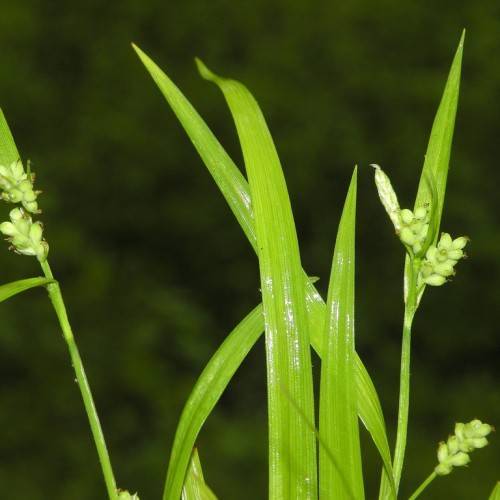
Common Wood Sedge
Carex blanda
Also Known As - Eastern Woodland Sedge,Creek SedgeWatering:
Average
Hardiness Zone:
Flowers:
Flowers
Sun:
full sun,part sun/part shade
Fruits:
Fruits Ready In Fall
Leaf:
Yes
Growth Rate:
Low
Drought Tolerant:
Yes
Salt Tolerant:
Yes
Care Level:
Medium
watering
Sedge (Carex bigelowii subsp. lugens x) grows best in consistently moist soil, so it should be watered regularly during the growing season. For best results, water the plant deeply once a week, making sure to saturate the soil down to a depth of 4 to 6 inches (10 to 15 cm). In periods of drought or extreme heat, water once every 3 to 4 days. During the winter, water only when the soil becomes dry to the touch.
sunlight
Sedge (Carex bigelowii subsp. lugens x) thrives in full sun to partial shade. It prefers at least 6 hours of sunlight per day and does best in environments with more sun than shade. It does not do well in full shade or temperatures outside of its ideal range.
pruning
Sedge (Carex bigelowii subsp. lugens x) should be pruned in late fall or very early in the spring, before new growth begins. Pruning should focus on removing dead and diseased foliage, as well as any old seed heads. Prune away any broken stems, or any shoots that are growing straight up rather than outward. Pruning should be minimal, reduce overall height by no more than 1-third.
